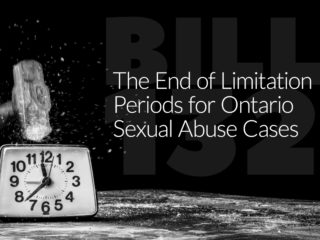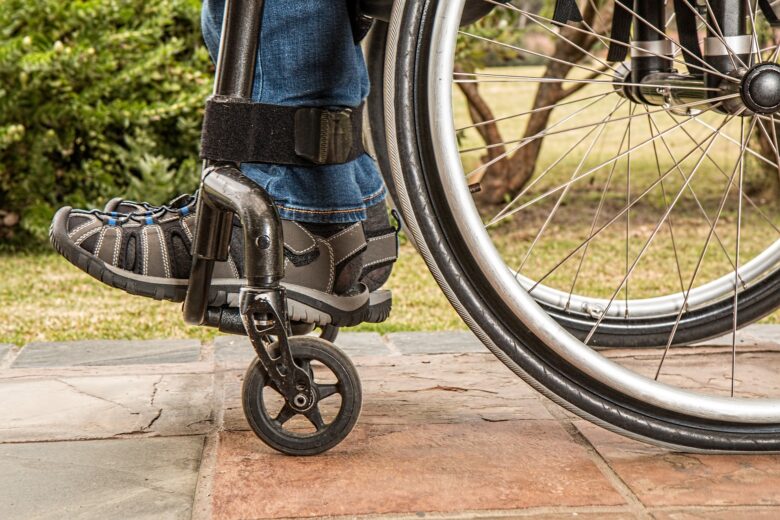Guest Author: Dilenthi Warakaulle, Singer Kwinter
In this case that went before the Licence Appeal Tribunal (“LAT”), following a seven-day hearing held in-person over the months of October and December 2019, the LAT determined that the Applicant had sustained a Catastrophic Impairment as a result of his motor vehicle accident of June 6, 2014.
The Applicant brought a LAT application to dispute various denials made by Allstate Insurance Company (“Allstate”). The main issue in dispute was whether the Applicant had sustained a Catastrophic Impairment from his accident in 2014.
The Applicant sustained injuries and symptomatology from the June 2014 motor vehicle accident, which over time worsened and caused his condition to deteriorate. In 2017, he made an Application for Determination of Catastrophic Impairment and underwent a series of assessments with Omega Medical Associates, which concluded that he met the Catastrophic Impairment designation. Allstate disagreed with this finding. The matter proceeded to the LAT to determine if the Applicant sustained a Catastrophic Impairment pursuant to the Statutory Accident Benefits Schedule[1].
The Applicant’s position was that he met the definition of a Catastrophic Impairment and relied on his evidence and those of his wife, children, and expert evidence of two psychologists and an occupational therapist, who had all assessed the Applicant and generated expert reports.
Allstate aggressively defended its position claiming that the Applicant was not a credible witness, and that he was “malingering and feigning” his injuries. In doing so, Allstate relied on surveillance video of the Applicant from 2014, and expert reports from their occupational therapist and psychologist. Allstate’s psychologist was also called to the hearing to give oral evidence.
In his “Reasons for Decision and Order”, Mr. Sandeep Johal, Vice Chair of LAT, found that the surveillance did not impeach the Applicant’s credibility. Mr. Johal was of the view that the surveillance video depicted a moment in time and was not illustrative of the overall picture of the applicant’s true condition. It was noted that the Applicant’s condition could have worsened over time.
What was most interesting about this case was that Allstate’s psychologist strongly believed the Applicant was malingering because objective data from her assessment indicated to her that the Applicant was over-reporting pain. To do so, Allstate’s psychologist used, what the Applicant’s experts stated were inappropriate tests to measure his credibility and clinical status for pain, while also moving the “goal post” in an industry accepted test to interpret test scores. Notably, Allstate’s psychologist made these findings despite the Applicant displaying similar functional difficulties in the spheres of Activities of Daily Living; Concentration, Persistence and Pace; and Adaptation in work or work like settings, during his assessments with both Allstate’s occupational therapist and Omega Medical Associate’s occupational therapist.
The LAT, having heard the evidence; (i) accorded less weight to Allstate’s psychologist’s reports/findings; (ii) determined the Applicant does meet the Catastrophic Impairment threshold; and (iii) determined the Applicant has a class 4-marked impairment in the domains of Activities of Daily Living; Concentration, Persistence and Pace; and Adaptation in work and work like settings.
[1] O. Reg. 34/10: STATUTORY ACCIDENT BENEFITS SCHEDULE – EFFECTIVE SEPTEMBER 1, 2010











